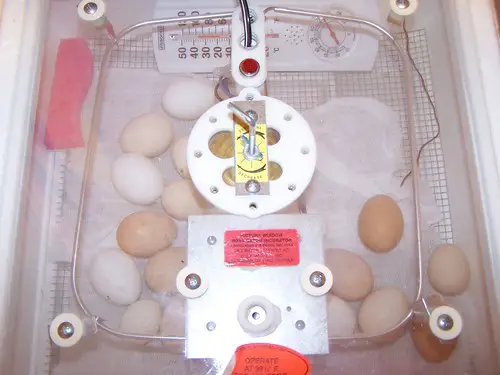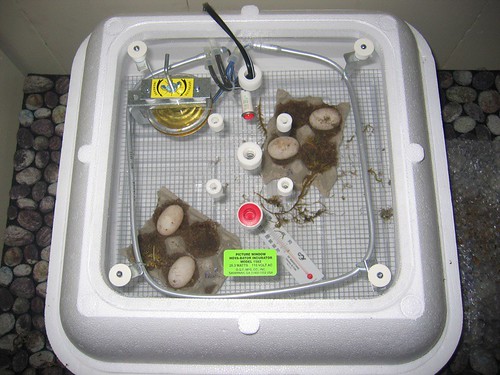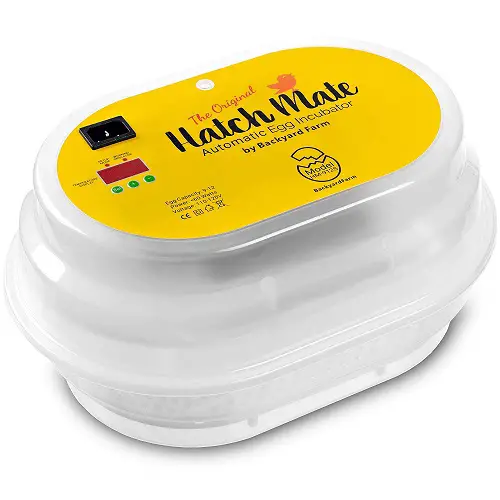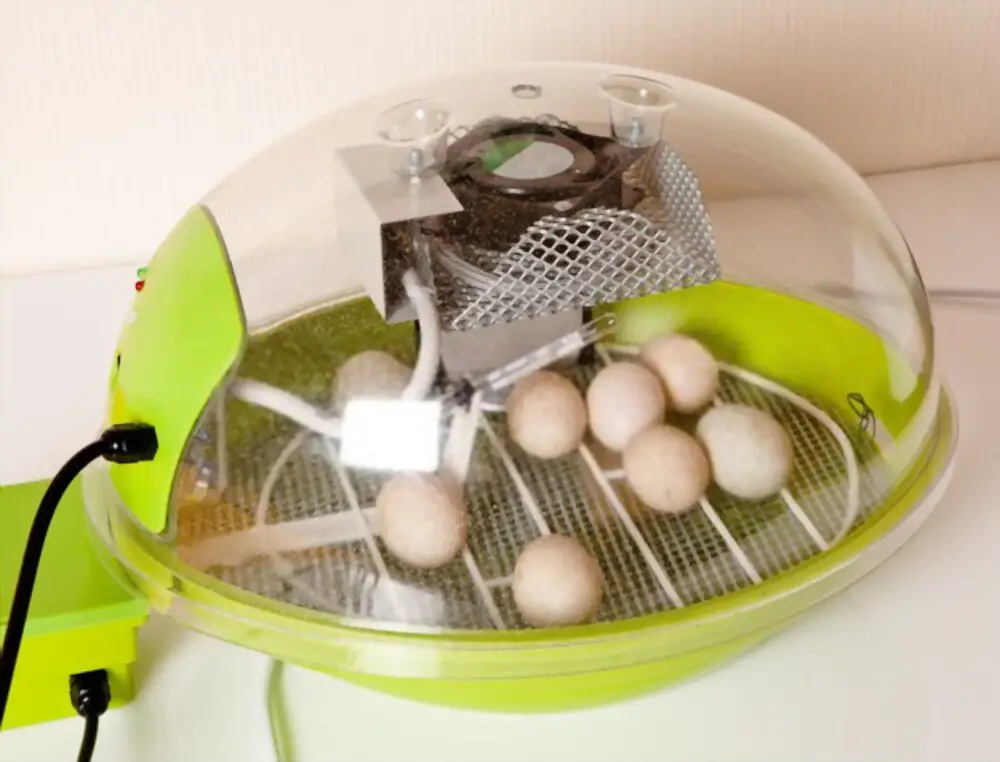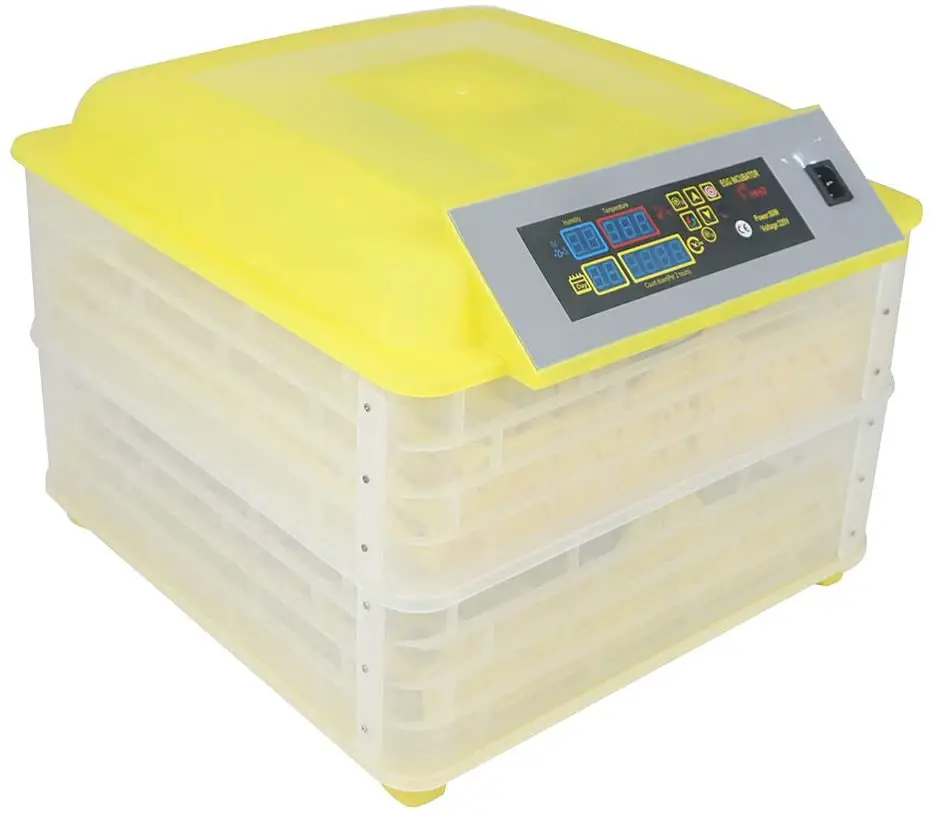Table of Contents
Humidity control is an essential aspect of hatching eggs in an incubator. Maintaining the right level of humidity can help ensure a successful hatch. Here are eight easy tips for manual humidity control in egg incubators:
1. Understand the ideal humidity level
The first step to controlling humidity in an egg incubator is to understand the ideal humidity level for the type of eggs you’re hatching. For example, chicken eggs generally require a humidity level of around 50-55% during the first 18 days of incubation and 65-75% during the last three days.
2. Use a hygrometer
A hygrometer is a tool that measures the humidity level inside the incubator. It’s important to use a reliable and accurate hygrometer to ensure that you’re maintaining the right level of humidity.
3. Add water to the incubator
One way to increase the humidity level inside an egg incubator is to add water. Most incubators have built-in water channels or trays that you can fill with water. Be sure to follow the manufacturer’s instructions for adding water.
4. Adjust ventilation
Another way to control humidity inside an egg incubator is by adjusting its ventilation. Increasing ventilation can help lower humidity levels while decreasing ventilation can help raise them.
Also read: How to Increase Hatching Success
5. Monitor and adjust regularly
It’s important to monitor and adjust the humidity level regularly throughout the incubation process. Check your hygrometer at least once a day and make any necessary adjustments.
6. Use a wet bulb thermometer
A wet bulb thermometer can help you accurately measure the humidity level inside your incubator. This type of thermometer has a wick that’s kept wet and measures the temperature of the air as it evaporates the water from the wick. The difference between the wet bulb temperature and the dry bulb temperature (measured by a regular thermometer) can be used to calculate the relative humidity.
7. Use a sponge or cloth
Another easy way to increase the humidity inside an egg incubator is to place a damp sponge or cloth inside. The water will evaporate from the sponge or cloth and increase the humidity level.
8. Be mindful of external factors
External factors such as room temperature and humidity can also affect the humidity level inside your incubator. Be sure to keep your incubator in a room with stable temperature and humidity levels.
By following those tips, you can successfully control the humidity level inside your egg incubator and improve your chances of a successful hatch.

